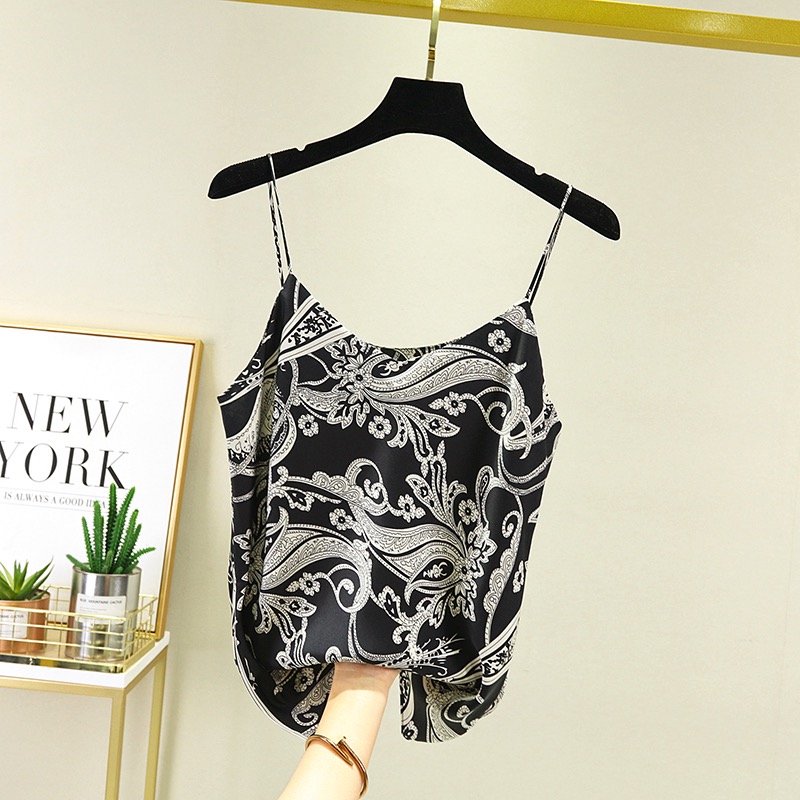8 Khiếm Khuyết Và Hành Động Trong Quá Trình Dệt Vải

The flat width dyeing and finishing process has the unique advantages of high degree of automation of equipment, complete automatic detection and control means and methods of various technological parameters, continuous production, high production efficiency, low labour cost and stable product quality. It is the preferred printing and dyeing processing means for cellulose fibres and blended and interwoven woven fabrics. However, if the quality, process, technology and operation management are not in place, it is often easy to have batch quality problems, leading to batch rework, increasing quality costs, or in heavy cases, causing inferior products that cannot be reworked and cannot be delivered, seriously affecting the company’s production schedule, economic efficiency and reputation.
Ba nguyên nhân gây co rút vải

Độ co nhỏ nhất là vải tổng hợp và vải hỗn hợp, tiếp theo là vải len, vải gai dầu, vải cotton ở giữa, vải lụa có độ co lớn hơn, trong khi lớn nhất là sợi viscose, rayon, vải len nhân tạo. Khách quan mà nói, vải cotton ít nhiều gặp phải vấn đề co rút, phai màu, mấu chốt là khâu hoàn thiện phía sau. Vì vậy, các loại vải dệt gia dụng nói chung đều bị thu nhỏ trước. Điều đáng chú ý là sau khi xử lý co rút trước không có nghĩa là không co rút mà đề cập đến việc kiểm soát tỷ lệ co rút trong quần áo tiêu chuẩn quốc gia 3% -4%, đặc biệt là quần áo bằng sợi tự nhiên sẽ co lại. Vì vậy, khi mua quần áo, ngoài việc lựa chọn chất lượng vải, màu sắc, hoa văn thì cũng cần lưu ý đến độ co rút của vải.
